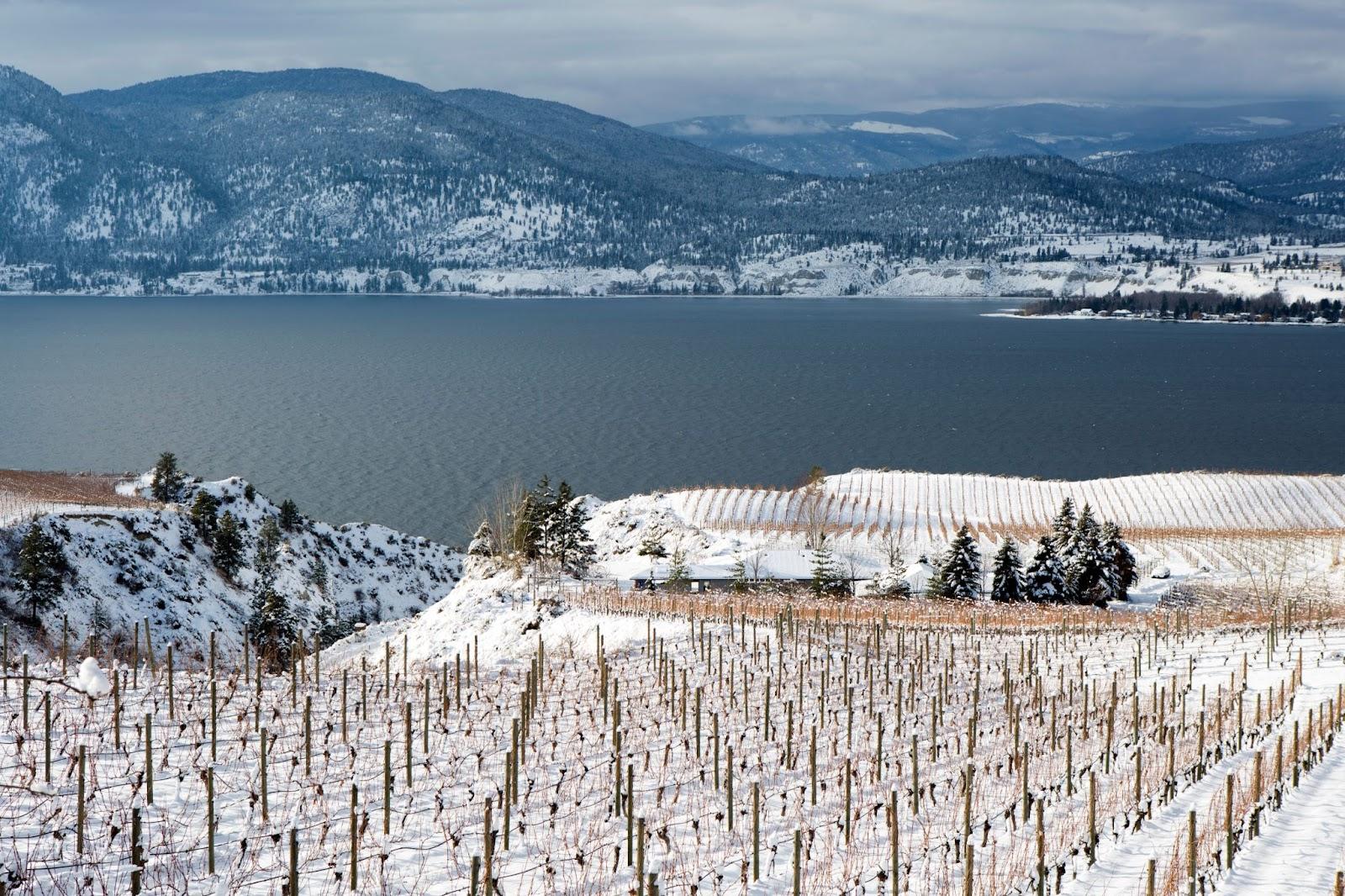- Wine Color/Type
- Top Occasions
- Unique Wines
- Surprise Me!
Okanagan Valleys Grape Harvest Destroyed
In Canada's second-largest wine-growing region, the Okanagan Valley, located just north of Washington State in the US, a five-day spell of extreme cold wreaked havoc in the vineyards, devastating any hopes of a successful wine grape harvest.
Cold temperatures are common. Extreme temperatures can destroythe business of many wineries. (Photo: nalidsa/stock.adobe.com)
With temperatures plummeting to -20°C and lower from January 11th to the 15th, the freezing conditions not only obliterated the green tissue of the vines but also annihilated the secondary buds, nature's backup plan. Furthermore, this year's low fertility levels will further compound the negative impact on the 2025 harvest.
Canadian news outlet Infotel reported that recent analysis at the Summerland Research Center revealed concerning findings. Scientists have confirmed wineries' biggest fears. Almost all buds were killed, reducing the potential harvest. The potential harvest is now only one to three percent of the usual amount.
Despite this catastrophic blow, wineries will still have to tend to their vineyards, carrying out necessary tasks such as spraying and vineyard maintenance, without the prospect of any fruit growth.
According to Jamie Goode of Wineanorak, this marks the second consecutive year where a cold snap has dealt a devastating blow to the harvest. In the 2023 vintage, the harvest plummeted by 58 percent. Winemakers expect to lose some grapes to frost and cold temperatures, usually around 5-15%, depending on where the vineyards are.
Extreme cold spell suggests that many vines have perished in the process. Reports indicate that approximately 29 percent of vines will need replanting. However, the precise extent of the damage remains uncertain at this time.
We as a wine community can support the growers and wineries, by purchasing their wines. In times of rising energy and labour costs, our commitment to the Okanagan Valley remains elemental.
Peter Douglas
Latest articles

